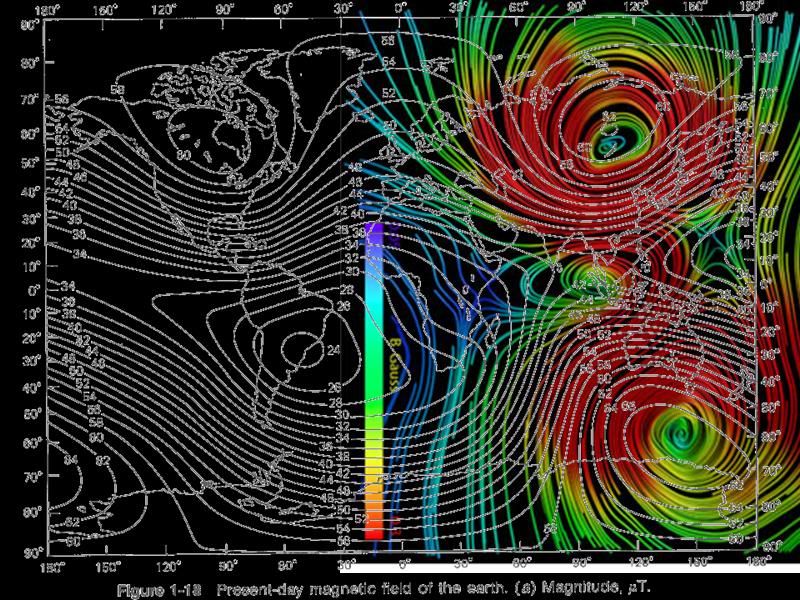Neural Points a Third Point
Both cusps of the magnetosphere have Neural Points
This can also bee seetween opposing poles of bar magnets in the dispersion pattern of iron filings.
This third magnetic neural point allows solar plasma to pentrate deeper into the magnetosphere.
UCLA is aware of this for it comes out in plasma physics, but the plasma physics have not been applied to planet earth;
http://plasma.physics.ucla.edu/pages/gallery.html
This neural magnetic point allows solar plasma to enter deeper into the magnetosphere during geomagnetic storms forming plasmoids (plasma pockets) that then travel eastwards seeking charge equalization.
Since the solar plasma contains aspects of the solar magnetic field once trapped inside the earth's magnetophere plasmoids move in a magnetic repulsive manner.
I suspect that during a geomagnetic storm this neural point's location shifts based on the magnetic field intensity exerted by competing poles during the geomagnetic storm, but generally stays along 90 degrees east longitude, simply changing latitude north/south. This allows for plasmoid formation at different latitudes.
.
Both cusps of the magnetosphere have Neural Points
The Open Magnetosphere
A feature of simple neutral points is that the magnetic fields flanking them have opposite directions (drawing). Field lines just inside the "nose" of the magnetopause point northward. On the other hand, at times when the IMF has a southward slant, as its field lines become draped against the nose (drawing) they have a generally southward orientation.
This situation is idealized in the image on the right, where the neutral point in the middle is assumed to extend in the direction perpendicular to the drawing, forming a "neutral line." Plasma flows in from the left and the right, and exits up and down. The flow is identified as a "magnetic reconnection" process because when lines "1" and "2" reach the neutral line, they change their structure--the two top halves join up and flow away, ultimately reaching the position of the line defined as "3", while the two bottom halves join up and form the line which later becomes "4" (more about reconnection in the appropriate part of
This can also bee seetween opposing poles of bar magnets in the dispersion pattern of iron filings.
However, the earth appears to have three neural points;
- North Pole Cusp
- South Pole Cust
- Equatorial Cusp (Indian Ocean)
To take a closer look;
This third magnetic neural point allows solar plasma to pentrate deeper into the magnetosphere.
UCLA is aware of this for it comes out in plasma physics, but the plasma physics have not been applied to planet earth;
http://plasma.physics.ucla.edu/pages/gallery.html
This neural magnetic point allows solar plasma to enter deeper into the magnetosphere during geomagnetic storms forming plasmoids (plasma pockets) that then travel eastwards seeking charge equalization.
Since the solar plasma contains aspects of the solar magnetic field once trapped inside the earth's magnetophere plasmoids move in a magnetic repulsive manner.
I suspect that during a geomagnetic storm this neural point's location shifts based on the magnetic field intensity exerted by competing poles during the geomagnetic storm, but generally stays along 90 degrees east longitude, simply changing latitude north/south. This allows for plasmoid formation at different latitudes.
.






